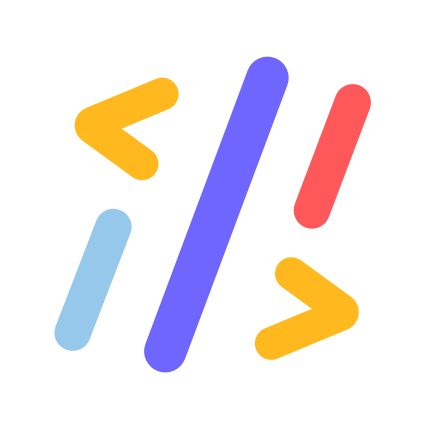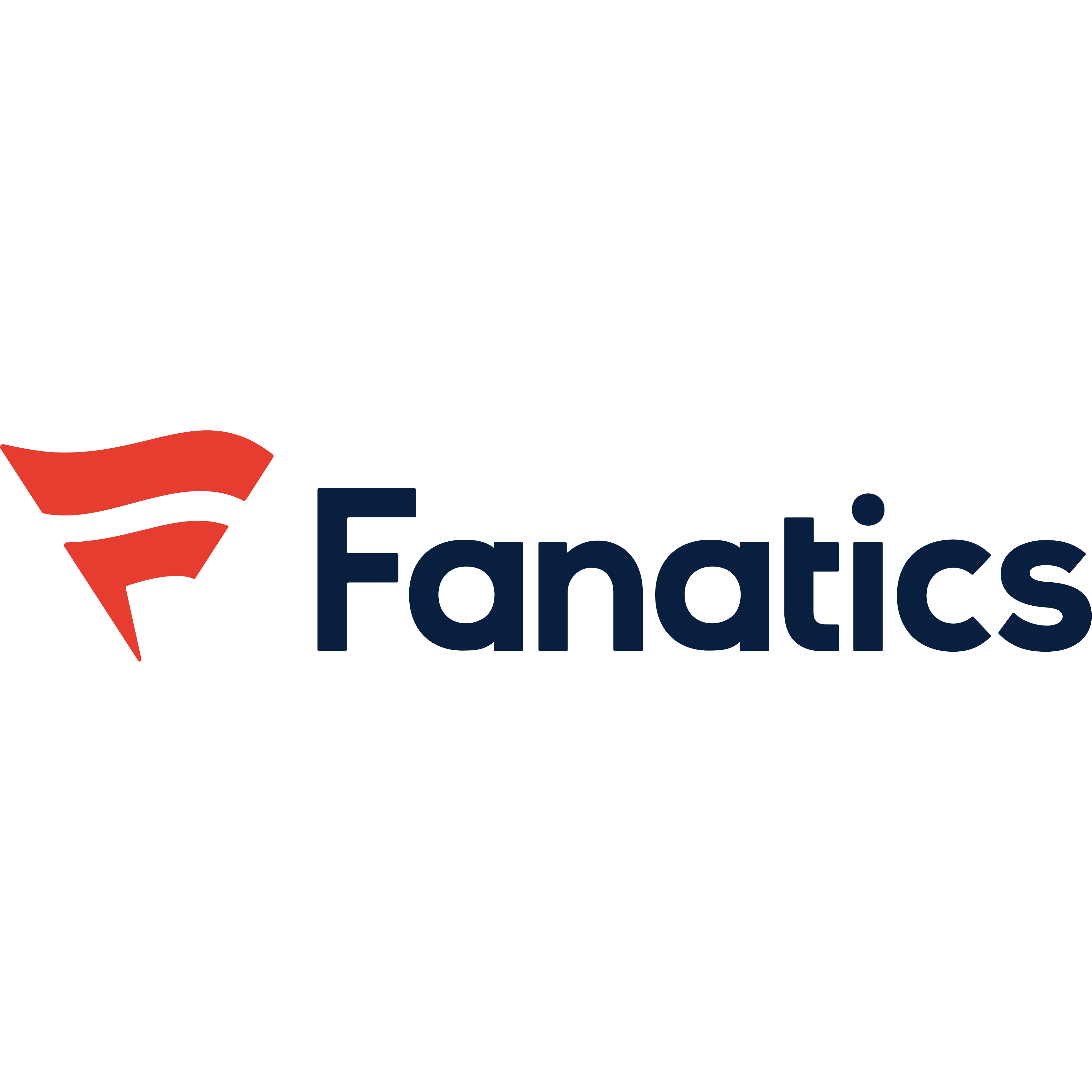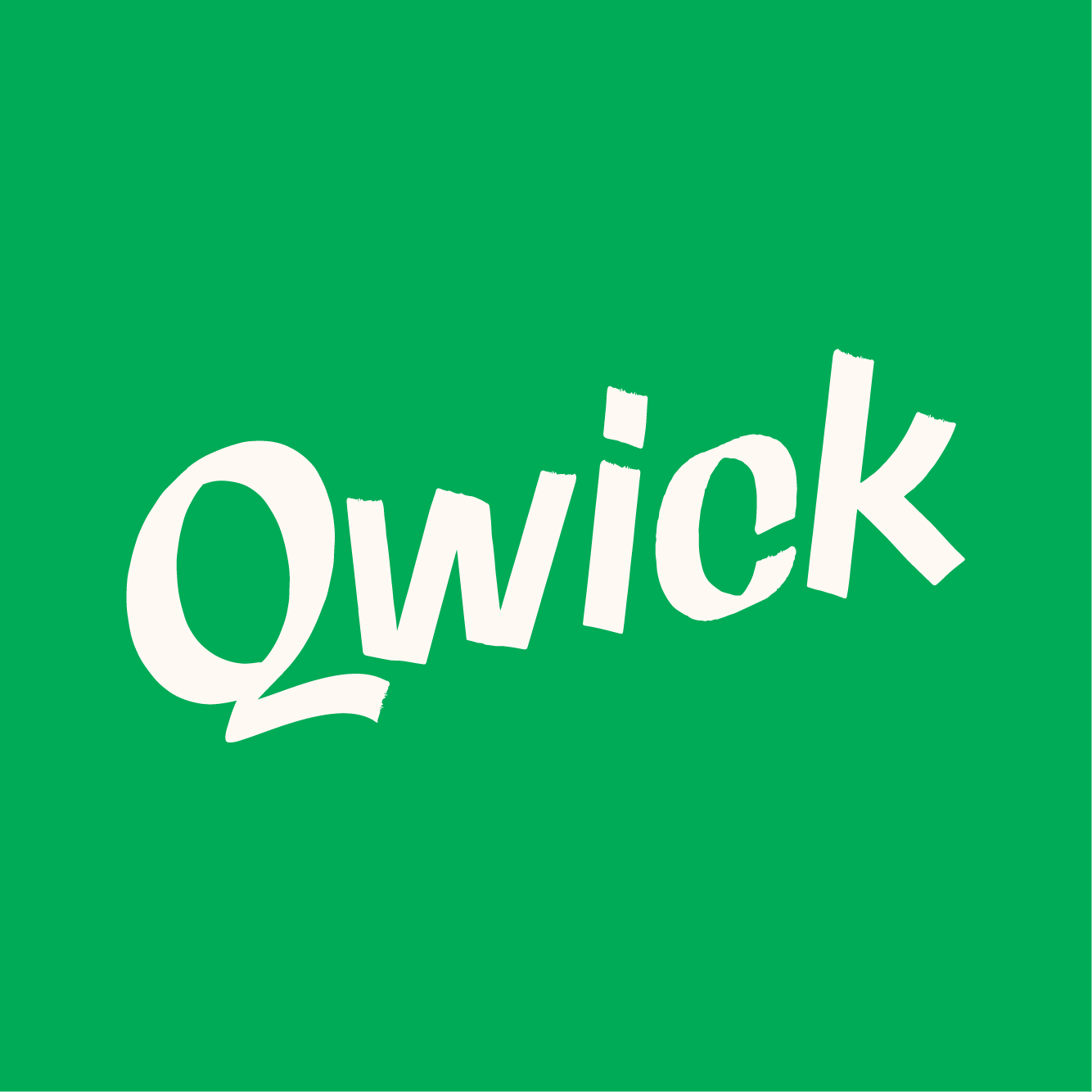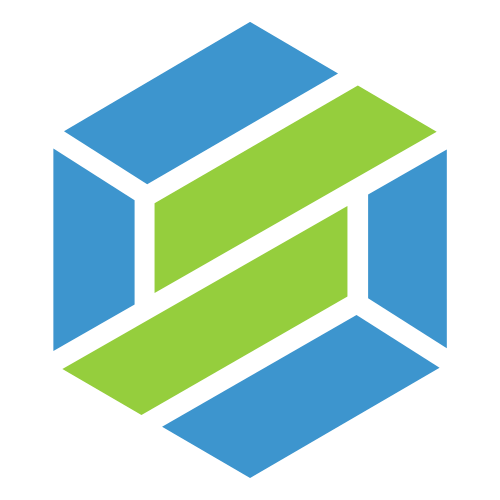Instant lightning-fast GraphQL API backed primarily by your PostgreSQL database. Highly customisable and extensible thanks to incredibly powerful plugin system. Formerly "PostGraphQL".
Documentation: graphile.org/postgraphile
To help us develop this software sustainably under the MIT license, we ask all individuals and businesses that use it to help support its ongoing maintenance and development via sponsorship.
And please give some love to our featured sponsors 🤩:
 Surge * |
 Story.ai * |
 Chad Furman * |
 Fanatics * |
 Qwick * |
 The Guild * |
 Dovetail * |
 Enzuzo * |
 Stellate * |
 Politics Rewired |
 IaSQL |
* Sponsors the entire Graphile suite
GraphQL is a new way of communicating with your server. It eliminates the problems of over- and under-fetching, incorporates strong data types, has built-in introspection, documentation and deprecation capabilities, and is implemented in many programming languages. This all leads to gloriously low-latency user experiences, better developer experiences, and much increased productivity. Because of all this, GraphQL is typically used as a replacement for (or companion to) RESTful API services.
PostgreSQL is the self-proclaimed “world’s most advanced open source database,” with each new release bring more amazing features and performance gains. Thinking of your database as a plain CRUD store is now an archaic viewpoint as modern PostgreSQL can do so much for you — from authorization with Row-Level Security (RLS, introduced in PG9.5), through Foreign Data Wrappers (FDW), to real time notifications with LISTEN/NOTIFY.
PostGraphile pairs these two incredible technologies together, helping you not only build applications more rapidly, but to build lightning-fast applications. PostGraphile allows you to access the power of PostgreSQL through a well designed, extensible, customisable and incredibly performant GraphQL server. It automatically detects tables, columns, indexes, relationships, views, types, functions, comments, and more - providing a GraphQL server that is highly intelligent about your data, and that automatically updates itself without restarting when you change your database schema.
With PostGraphile, a well designed database schema should serve the basis for a well thought out API. PostgreSQL already has amazing authorization and relationship infrastructure, why duplicate that logic in a custom API? A PostGraphile API is likely to provide a more performant and standards compliant GraphQL API than any created in-house, and can be built in a fraction of the time. Focus on your product and let PostGraphile worry about the API layer. Once you need to expand beyond this, we have a powerful plugin system including many community contributed plugins. For a critical evaluation of PostGraphile to determine if it fits in your tech stack, read evaluating PostGraphile for your project.
Watch a talk by the original author Caleb at GraphQL Summit for a walk-through of building an application with PostGraphile in under 7 minutes. This was using v2 (then called PostGraphQL); we're now up to v4 which has many more bells and whistles!
Hear from the current maintainer Benjie at GraphQL Finland about the benefits of Database-Driven GraphQL Development:
Documentation: graphile.org/postgraphile
You can use PostGraphile via the CLI, as a Node.js middleware, or use the GraphQL schema directly. Make sure to check out the full usage instructions on the documentation website. We also have a PostgreSQL schema design guide you can follow to build a fully functional PostGraphile API.
To get started you can install PostGraphile globally:
npm install -g postgraphile…and then just run it! By default, PostGraphile will connect to your local database at postgres://localhost:5432 and introspect the public schema. See the available CLI flags with:
postgraphile --helpWhen you're ready to use PostGraphile for your own project, you're advised to install it locally with yarn, and run it with npx:
yarn add postgraphile
npx postgraphile --helpmacOS users: PostGraphile has used port 5000 by default for 5+ years; recently Apple decided to bind the AirPlay service to port 5000 causing a conflict. Please use the --port option to bind to a different port.
You can also use PostGraphile as native HTTP, Connect, Express, or Koa (experimental) middleware, e.g.:
yarn add postgraphileimport { createServer } from 'http';
import postgraphile from 'postgraphile';
createServer(postgraphile());Check out hapi-postgraphile if you're interested in using PostGraphile as a hapi server plugin.
To run via Docker, simply pass the CLI options to the Docker container:
docker pull graphile/postgraphile
docker run --init graphile/postgraphile --helpE.g. you might run this command (substituting the relevant variables):
docker run --init -p 5000:5000 graphile/postgraphile --connection postgres://POSTGRES_USER:POSTGRES_PASSWORD@POSTGRES_HOST:POSTGRES_PORT/POSTGRES_DATABASE --schema app_public --watchmacOS users: Please use a different port to avoid conflict with AirPlay.
Full documentation for PostGraphile is located at graphile.org/postgraphile.
PostGraphile features include:
- Authorization (security) provided by PostgreSQL:
- Automatic GraphQL relations from SQL relations
- PostgreSQL procedure support:
- Development UI (GraphiQL) built in
--watchmode, auto-detects changes in SQL schema, hot-reloads changes into GraphiQL- Automatic documentation, enhanced by PostgreSQL
COMMENTs - Schema customisation through smart comments
- Simple JWT authentication straight from the database
- Cursor-based pagination, Relay (classic & modern) compatible
- Global object identifiers (
nodeIdby default, but Relay-favouredidwith--classic-ids) - Relay-compatible mutations
- Use direct from the CLI
- Use as Express, Connect, or Koa middleware
- Just use the generated GraphQL schema
Full requirements are on the website, but a basic summary is:
- Node v8.6+
- PostgreSQL 9.6+ (officially; but currently works with 9.4+)
- Linux, macOS or Windows
Caveats:
- PostGraphile does not have automated tests on Windows, if you notice any issues please file them (or send a PR!)
The fastest and easiest way you can help PostGraphile thrive is by sponsoring ongoing development and maintenance.
Want to help testing and developing PostGraphile? Check out the contributing document to get started quickly!
Commercial support, consultancy and development services are available direct from the maintainer; see Professional Services for more information, or get in touch!
The maintainer of this project is @Benjie - follow him on Twitter!
Huge thanks to the individuals and companies who sponsor PostGraphile's development - their financial contributions enable more time to be spent on the project: from bug fixes, to code review, to new features! If you want to help the project advance more rapidly, please join them in supporting this project 🙏
A humongous, heart-felt, thank you to the original author of PostGraphile - Caleb Meredith - for everything he put into PostGraphile! He's now graduated from the project and we all wish him the best for his future ventures!
Thanks also to the people working on PostgREST which was a huge inspiration for this project!
Thanks and enjoy 👍








